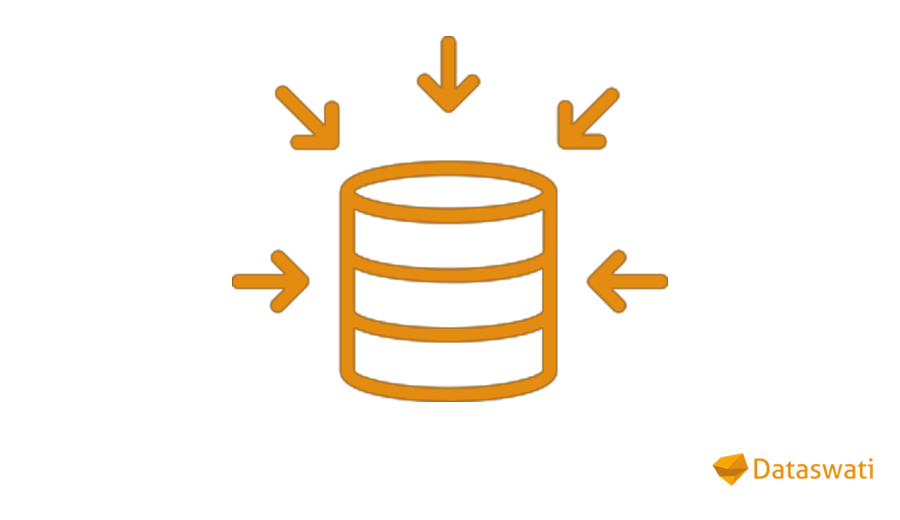
DUCC®
FROM IDEA TO INDUSTRIALISATION
The Data Use Case Canvas®
Data projects are often approached too broadly to be relevant and usable, with wishes such as:
“Improving customer knowledge”
“Fraud detection”
“Predictive Maintenance”
Data is often presented as a magic tool solving all the problems, without the need for formalization. In the field, things are more complex, and to be effective and create real value, it is necessary to start from a real Pain Point, a business problem that causes daily loss of money, efficiency or opportunities.
For the clients, these uncertainties translate into lack of clarity, which can undermine the trust in relationship between stakeholders as well as arise certain risks with potentially high financial and non-financial impact
DUCC®, a pragmatic approach to data projects
The Data Use Case Canvas aims to frame a data project. It is a management tool that offers a way to maximize the chances of project success. Inclusive of identifying in advance the uncertainties that might arise at later stages of the project, and defining the project scope to be respected by various stakeholders.
This unique method is thought to be generic enough to be used broadly. It applies to different fields and business areas, from marketing and insurance to the industry of the future (or Industry 4.0). All it takes is a willingness to exploit the data through predictive models.
The Data Use Case Canvas (DUCC®) aims to frame a data project, providing a steering tool that maximizes the chances of success. Among other things, it is a question of identifying upstream the uncertainties to be removed and the scope to be respected by the various parties involved. This unique method is designed to be generic and generalist, and can be applied to different domains and businesses, as soon as there is a willingness to exploit data through predictive models.
USE CASE
This is to define the problem and the use made of the data project. A use case can correspond to one or more users and must be targeted on final ROI for the client. This objective will be refined during the project implementation, based on the data content, and therefore the quality of the predictions.
USERS
Users are the people who are directly impacted by the project outcome, e.g. employees who imply the results on a daily basis in their jobs. The users can be dissociated from the client.
CONSTRAINTS
The constraints are related to the use case and the data. It defines all possible restrictions related to delivering successful results. From a data expert's perspective, it lists the minimum requirements to be met by the client to insure a smooth project development and implementation. Examples: response time of the application, connectivity (e.g. network connection to operate the system), dusty environment of some factories etc.
DESIGN UX
This session defines the way the solution is made accessible for the users. It can be a basic application on web or smartphone, APIs on which other applications are connected, or expert systems that can incorporate the new solution, etc.
DATA
The "nerve of war ", it is impossible to lead a project without necessary DATA. Unfortunately, the availability of data is never at levels expected to be. This is the critical part in a data project and must be to clarified upfront.

FAQ
Check the frequently asked questions to better understand the DUCC®






